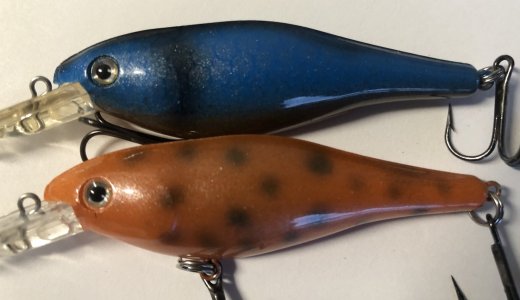F
Fish_spray
Guest
I'm working on painting a fishing lure in style of a realistic brook trout. This species of trout has both fine spots and vermiculations (small squiggly lines). My working surface is relatively smooth but already has multiple (cured) layers of paint. The issue I'm having is that every time I try to do spots or vermiculations the paint spider webs little drops out from the center and it has completely ruined my trout. How do I eliminate this spider webbing? I'm thinning my createx with 4012 reducer. I've tried high and low pressure, just cant seem to get any results, if I spray light enough to eliminate runs/spider webbing the paint is so faint I cant see the spots. Any help is greatly appreciated


